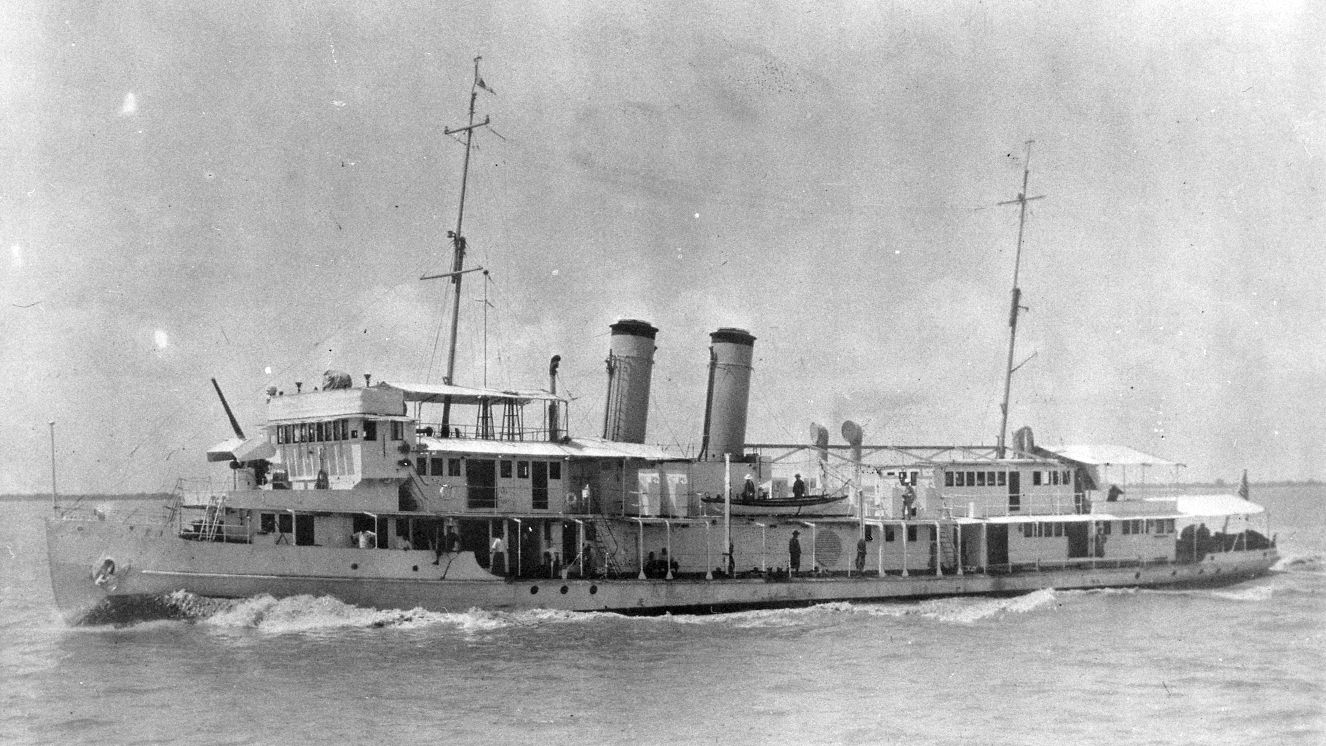FIXING THE RED HILL BULK FUEL STORAGE FACILITY PROBLEM IS NO SIMPLE TASK

Currently, 104 million gallons of fuel from WWII’s Red Hill Bulk Fuel Storage Facility are sitting in the 3 miles of pipelines along Pearl Harbor. In 2021, these pipes ruptured due to human error, causing a massive leak of fuel into Hawaii's drinking water and making thousands ill as a result. Now, the military has finally committed to draining the facility, but there’s so much that could go wrong. Read next:Pearl Harbor Oil Leak Reaches Boiling Point as Pentagon Takes Action
Background on the Red Hill Bulk Fuel Storage Facility
The initial development of the Red Hill Bulk Fuel Storage Facility was completed in September 1943. It was created with 20 vertical storage tanks that were each 20 stories high. It was built to provide the military, mostly the Navy, with fuel during the last half of WWII. The military has known how vulnerable these tanks and pipelines are since their creation. Admiral Chester Nimitz, Commander-in-Chief of the U.S. Navy Pacific Fleet during WWII, even stated the following: "We had about 4.5 million barrels of oil out there and all of it was vulnerable to .50-caliber bullets. Had the Japanese destroyed the oil, it would have prolonged the war another two years..." Not a great look to be a single bullet away from a fiery explosion that could devastate large portions of land and set our military forces back two years or even cost us the war. Now, the complicated fuel facility is finally on track to being decommissioned for good, after which it will be just another part of history.
Past, Present, and Future Defueling Efforts

USS Nimitz jet fuel water and USS Abraham Lincoln E. coli water), we don’t expect the next couple years of defueling efforts to be without their fair share of problems – whether they’re logistical or otherwise. The Navy is currently planning on defueling the pipes of 1 million gallons in fall 2022 – a small dent, for sure, but a good step toward progress. The Navy has stated they will be draining each pipeline individually for about a week, and fuel will be moving through the lines for roughly 12 hours each day. This is essentially a test run to see if they’ll be able to successfully drain the Red Hill Bulk Fuel Storage Facility tanks by their goal date of July 2024. This initial defueling phase should give us a good idea of if they’ll actually be capable of draining the pipes of the remaining 103 million gallons over the next couple years.
What Could Go Wrong? Here’s the Worst-Case Scenario

he stated the following in a news conference: “So everything that we’ve done, every focus of effort for the planning and the rehearsals has been focused on mitigating any chance of a spill…” According to Wade, both the U.S. Environmental Protection Agency and the state Department of Health have thoroughly examined and approved the military’s defueling plans. If something does go wrong and fuel makes its way into the aquifer, there will be both short- and long-term effects on the population and environment, many of which could be potentially devastating. This is exactly what happened in 2021 when roughly 19,000 gallons leaked into the drinking water, causing thousands of people to fall ill and leaving roughly 100,000 without access to clean drinking water. That was just 19,000 gallons of fuel. If even a portion of the 1 million gallons they’re planning to drain leaks, the consequences could be even more devastating.
What’s Next?
Should this short-term defueling plan go smoothly, the Navy is expected to announce a series of defueling projects over the next year leading to an ultimate emptying of the Red Hill Bulk Fuel Storage Facility in summer 2024. More like this:What’s Being Done About the Navy-Poisoned Hawaii Drinking Water?



